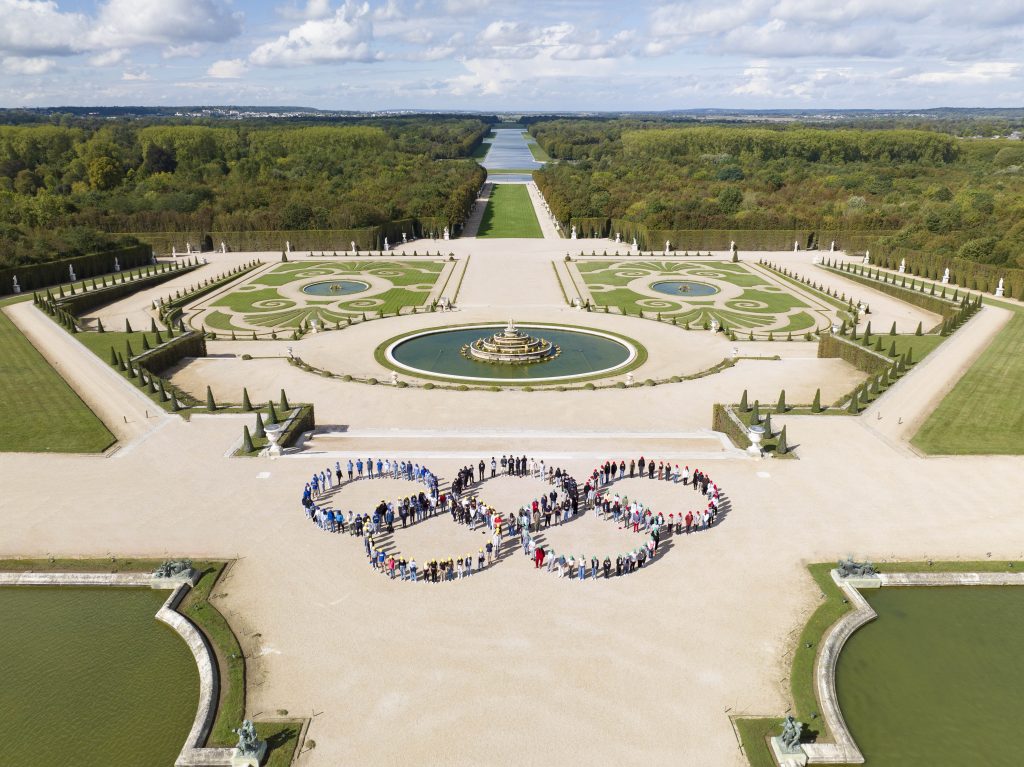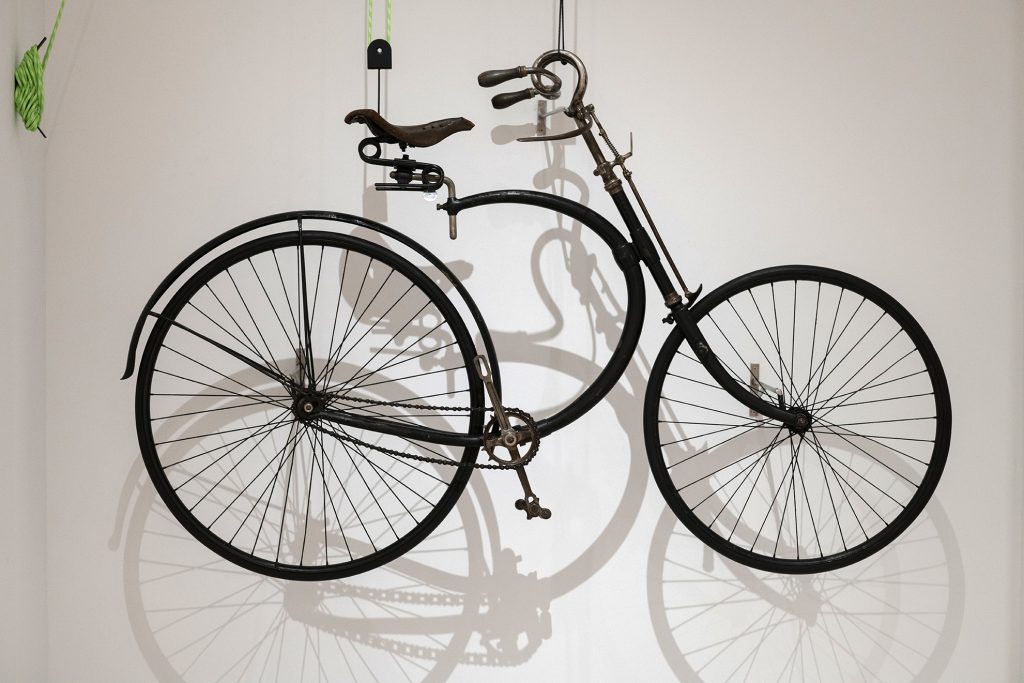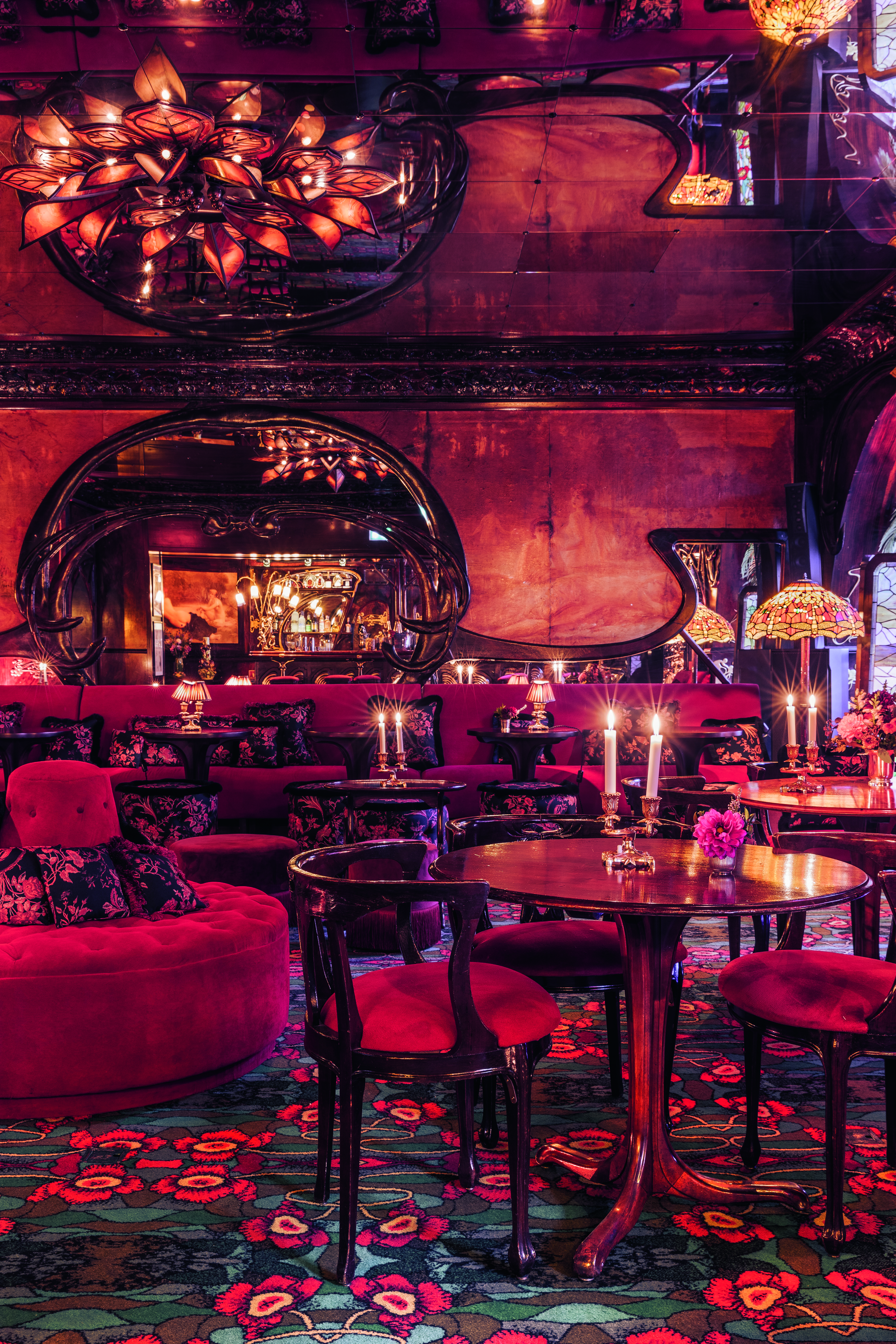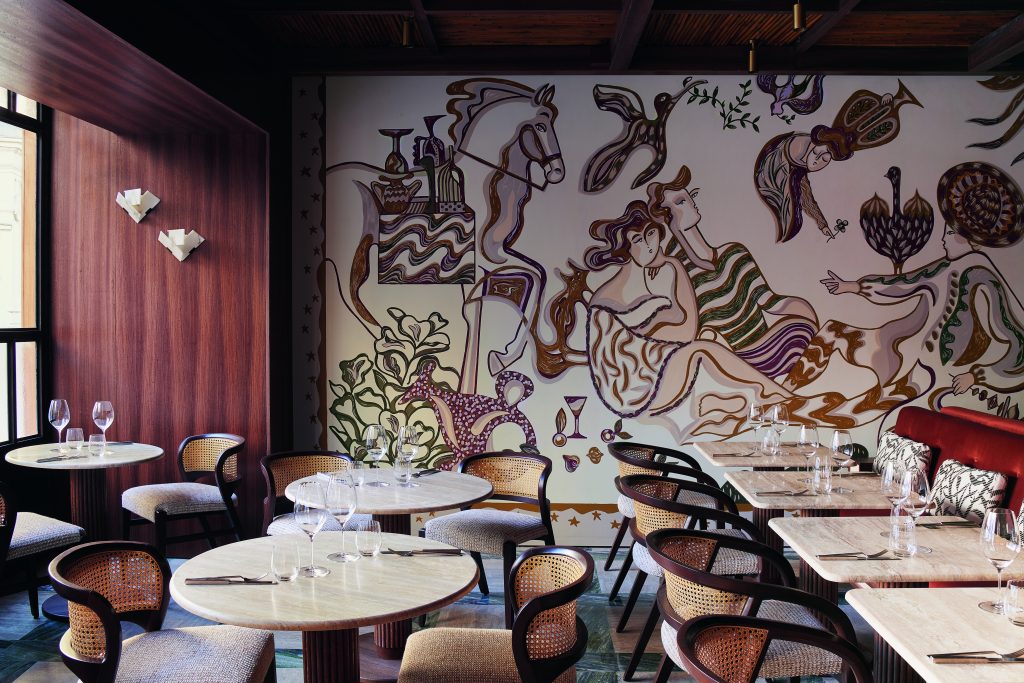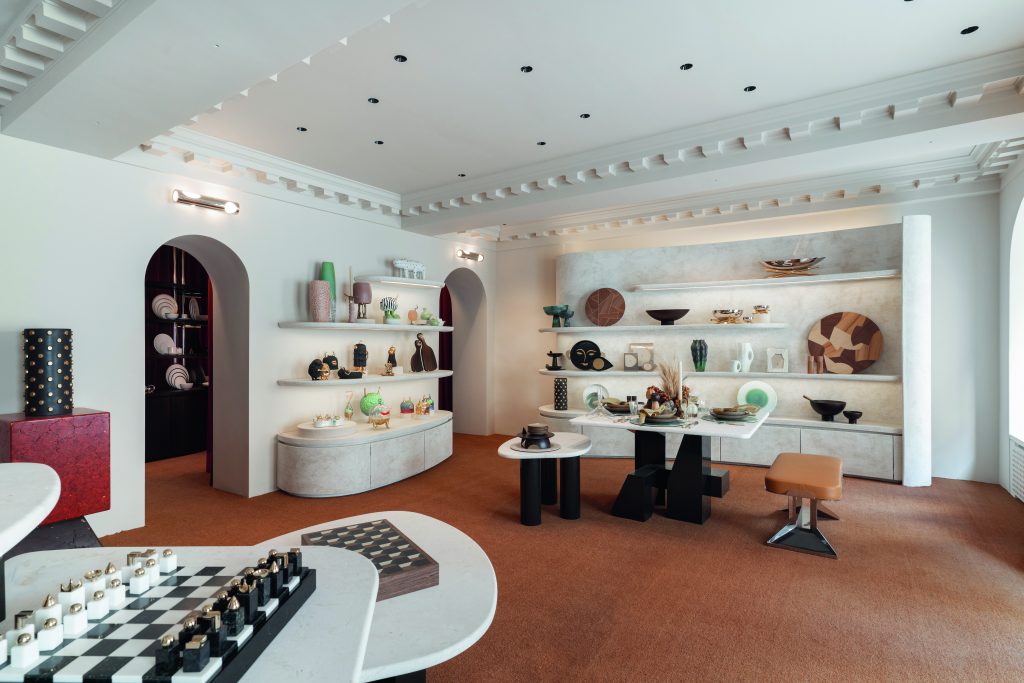In the lead up to the 2024 Olympic Games, hundreds of events, shows, and exhibitions are taking place in cultural institutions across France as part of the Cultural Olympiad—a multidisciplinary artistic and cultural program that aims to start new conversations between the worlds of art, culture, and sport.
With so much happening in Paris alone, we have put together a guide of the best things to see this summer.
Cycloïde Piazza, Centre Pompidou, June 25–September 15
To celebrate skateboarding’s recent inclusion at the Olympic Games, the Centre Pompidou has invited French artist Raphaël Zarka to create a “skateable” sculpture for the vast Place Georges-Pompidou in front of the museum. A practitioner of the sport himself, Zarka creates large geometrical sculptures as a dialogue with skateboarders, whom he has invited to interact with his work in various public spaces, drawing a direct connection between skateboarding and contemporary art.
The Horse in Majesty, National Museum of the Palace of Versailles, July 2–November 3
All equestrian events during the Paris Olympic and Paralympic Games will take place at the Palace of Versailles.
In July, the former royal residence presents a special exhibition dedicated to horses and equestrian civilization from the 16th to the early 20th century. It includes more than 400 works from collections around the world, many of which are being shown in France for the first time. Visitors can also admire the palace’s recently restored Apollo’s Fountain, a sculptural group depicting the Greek god emerging from the central fountain in a four-horse chariot.
Gold, Silver, Bronze. A history of the Olympic medal, Musée de la Monnaie de Paris, until September 22
Chaumet, a jeweler founded in 1780, has been given the prestigious task of designing this year’s Olympic medals, which were crafted using iron from the Eiffel Tower, salvaged from renovation work over the years. The Monnaie de Paris, the institution responsible for minting France’s coins, as well as the medals themselves, is hosting an exhibition on the history of these iconic awards. “Whether it is gold, silver, or bronze, the Olympic medal is a unique symbol of personal achievement,” says Marc Schwartz, president of the Monnaie de Paris.
The Hirondelle “Superbe” bicycle, 1889, from MATCH: Design and Sport
Credit: Didier Plowy for GrandPalaisRmn, 2024
Match: Design and Sport – A Story Looking to the Future, Musée du Luxembourg, until August 11
Good design plays an essential role in sport, whether through ergonomics to optimize athletes’ performances, the weight of a ball to define the speed of a game, or the architecture of a stadium to enhance spectators’ experiences. In this exhibition at the Musée du Luxembourg, German designer Konstantin Grcic explores the relationship between design and sport, tracing its history while looking to the future.
Here are the hotels, restaurants and shops—new and old—that provide a perfect opportunity to discover the French capital in a new light.
The lush interior of Maxim’s
Hôtel Hana
Hana means “flower” in Japanese. It is also the name of a new 26-room hotel, where the sophistication of the Belle Époque and Asian refinement meet. “To me, it was crucial to create a warm atmosphere, despite the concept being minimalistic,” says designer Laura Gonzalez, who crafted the hotel’s interiors. “I used iroko wood with golden reflections and raku ceramics, an ancestral Japanese process.”
17 Rue du 4 septembre, 75002
Le Bon Marché
One of Paris’ most emblematic department stores, Le Bon Marché was founded by art collectors and patrons Aristide and Marguerite Boucicaut. In memory of this power couple, artworks have been collected and displayed throughout the art deco building since 1989. The adjacent La Grande Épicerie stocks refined groceries from around the world.
24 Rue de Sèvres, 75007
Lafayette’s
Chef Mory Sacko’s new restaurant—with a menu combining African and French influences—was named after Gilbert du Motier, aka the Marquis de Lafayette, a French aristocrat who volunteered in the American Revolutionary War. The lavish decor is the work of interior designer Lázaro Rosa-Violán, who requested the expertise of Galerie Kraemer, specialized in 18th-century furniture and art objects.
8 Rue d’Anjou, 75008
Murals at Oka Fogo
Oka Fogo
Michelin-starred chef Raphael Rego’s Oka restaurant—which translates to “house” in Brazil’s Indigenous Tupi language—has moved to the 17th arrondissement, and is now paired with a sister restaurant, Fogo, meaning “fire.” The kitchen sits between the two, serving food that mixes Brazilian and French influences, accompanied by a list of more than 5,000 wines. The sophisticated space is designed by architect Arnaud Behzadi, with hand-painted murals by the artist Florence Bamberger.
8 Rue Meissonier, 75017
Hôtel Balzac
Hotelier Olivier Bertrand and his sisters have taken up the direction of Hôtel Balzac—the last home of writer Honoré de Balzac—and entrusted the design duo Festen, formed of Charlotte de Tonnac and Hugo Sauzay, with its revamp. The Parisian landmark reopens just in time for the Olympics, with a muted color palette, a Japanese spa and a three-Michelin-starred restaurant by Pierre Gagnaire.
6 Rue Balzac, 75008
Maxim’s
This recently renovated restaurant has, over the past 130 years, received its fair share of celebrities, including Marcel Proust, Edith Piaf, and Jean Cocteau. Artistic director Cordelia de Castellane has embraced the original art nouveau decor, including red velvet banquettes, stained-glass windows and mahogany panels. With soufflés, frog’s legs and scallops in white butter, the menu is a roll call of French classics. Meanwhile, indulgent desserts come courtesy of pastry chef Yann Couvreur.
3 Rue Royale, 75008
The homeware store L’Objet
L’Objet
The first French outpost of this celebrated home decor store is nestled in the former antiques shop of Madeleine Castaing, an influential dealer in 20th-century France. It comprises two spaces: one devoted to textiles and dinnerware; the other to perfumes, candles and incense. The brand’s founder and creative director Elad Yifrach put architect Costantino di Sambuy, of LA studio Anno Mille, in charge of the pared-back yet playful design.
30 Rue Jacob, 75006
